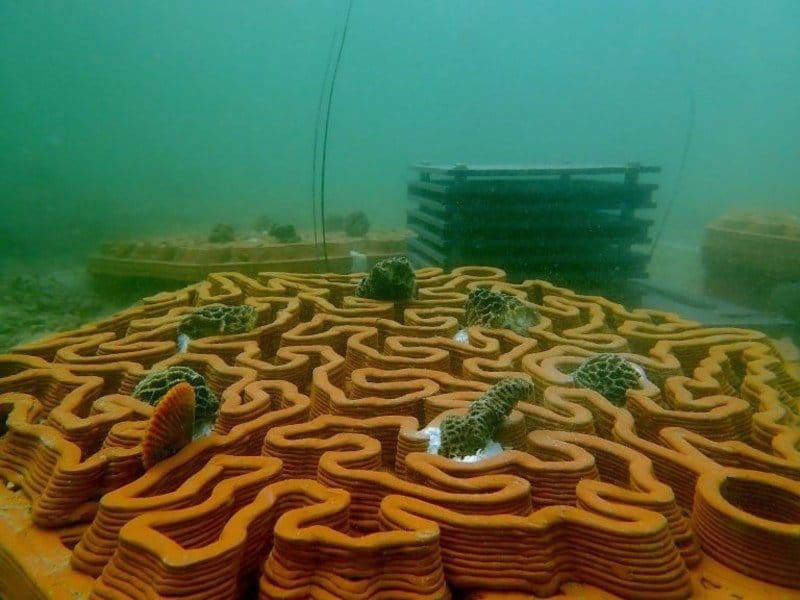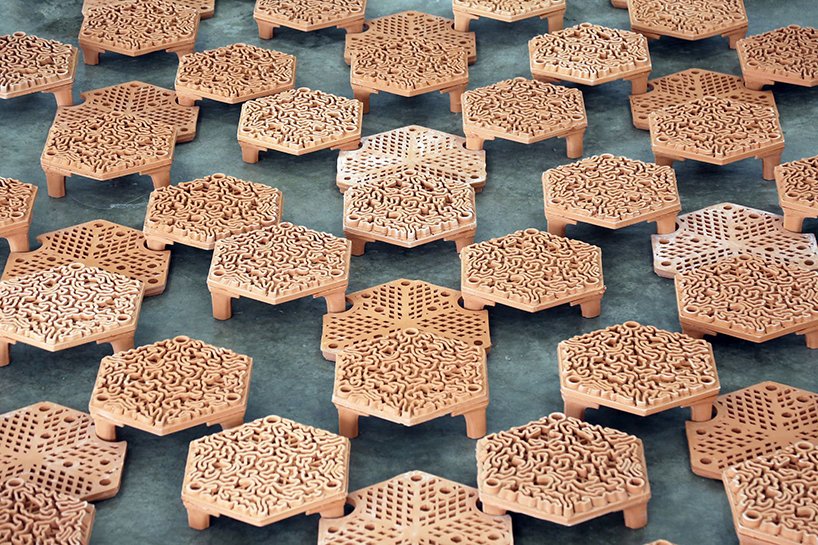Corals are animals, and unlike plants, corals do not make their food. They are made up of thousands of tiny animals called polyps. It is vital to save coral reefs as they provide an essential ecosystem for life underwater, and protect coastal areas by reducing the power of waves hitting the coast. Coral reefs grow with diverse species. Thousands of them are found living in one reef.
Coral reefs are dying due to the damaging activities such as pollution, overfishing, blast fishing, and digging of canals. Climate change is also playing it’s part in deterioration as warmer temperatures cause coral bleaching, which, if severe, kills the coral.
Human activities have damaged the reefs at large, and to promote the growth of the coral that is left, researchers and scientists from the University of Hong Kong came up with something new, they are calling it “reef tiles.” The idea of the reef tiles is that they are placed in interlocked groups on the ocean floor, providing a structure similar to that of a natural reef, upon which coral will grow. This will encourage coral polyps to naturally colonize the tiles as the organisms are carried past on ocean currents.

Tiles are robotically 3D-printed out of traditional terracotta clay, and in the second step, go through a heat process in a furnace at a temperature of 1,125 ºC (2,057 ºF). These new tiles measure at 60 cm (23.6 in) across.

According to the experts, clay is much more beneficial than steel, which has earlier been used in reef-building projects. Steel-based substance posed a massive risk in such projects as it can drain toxic substances into the ocean water over the course of time.
The first project consists of 128 clay tiles that were seeded with three types of domestic coral, then placed in three sites within Hong Kong’s Hoi Ha Wan Marine Park. The park is currently home to over three-quarters of the reef-building corals in Hong Kong waters. The tiles will be observed over the next year and a half, to see if they can help revive the reefs.


